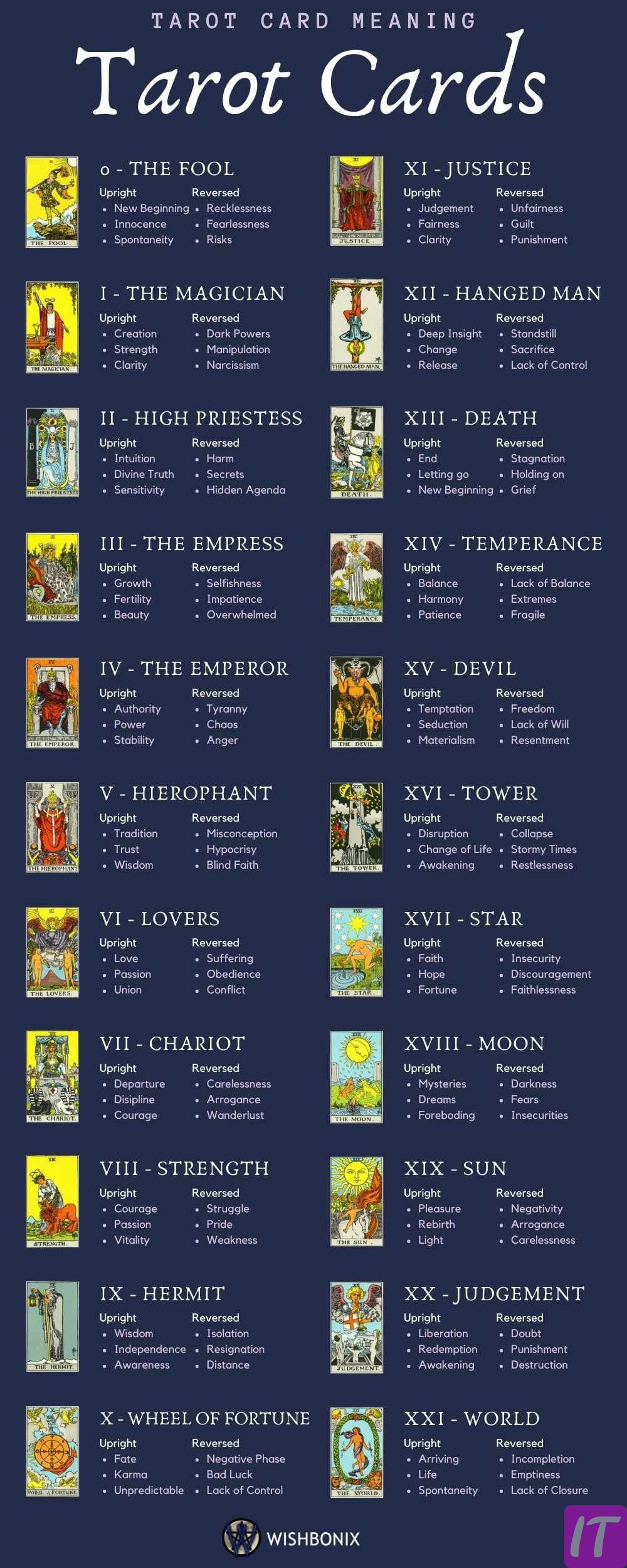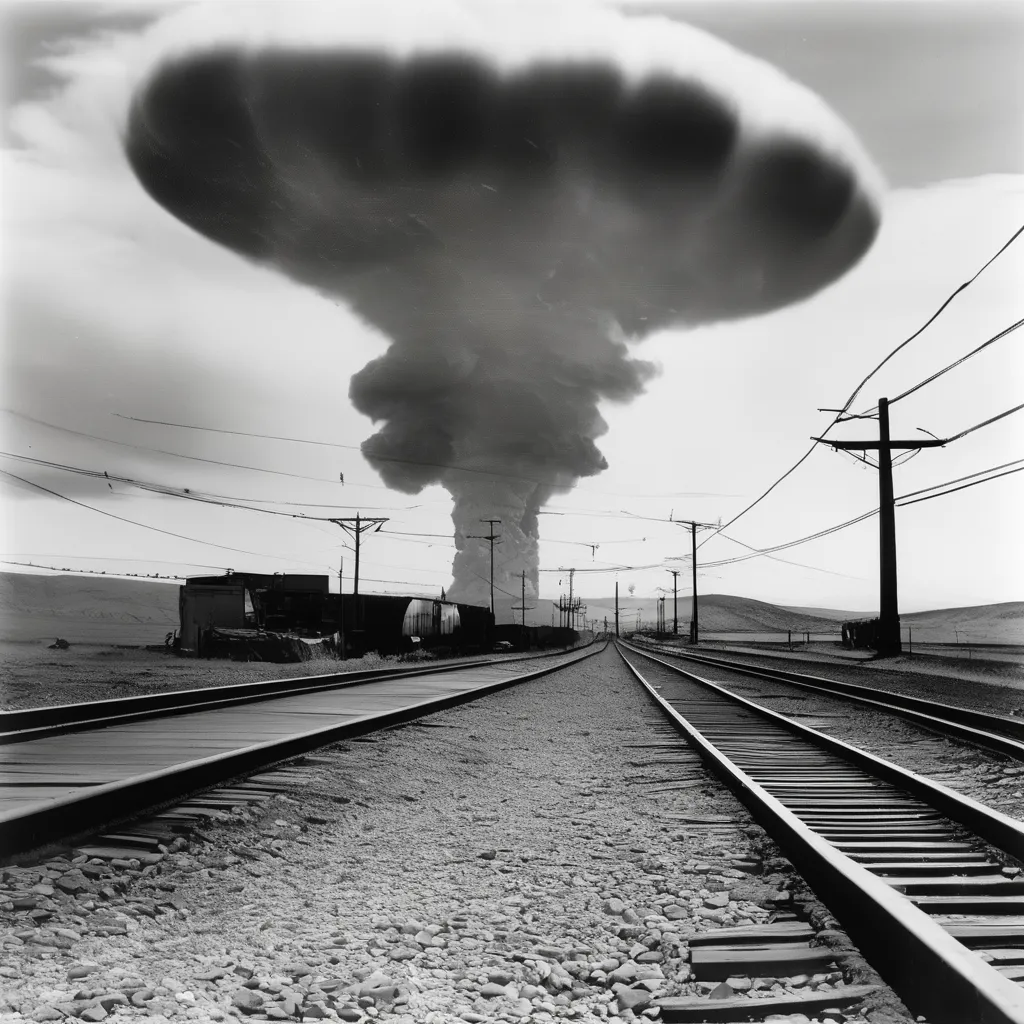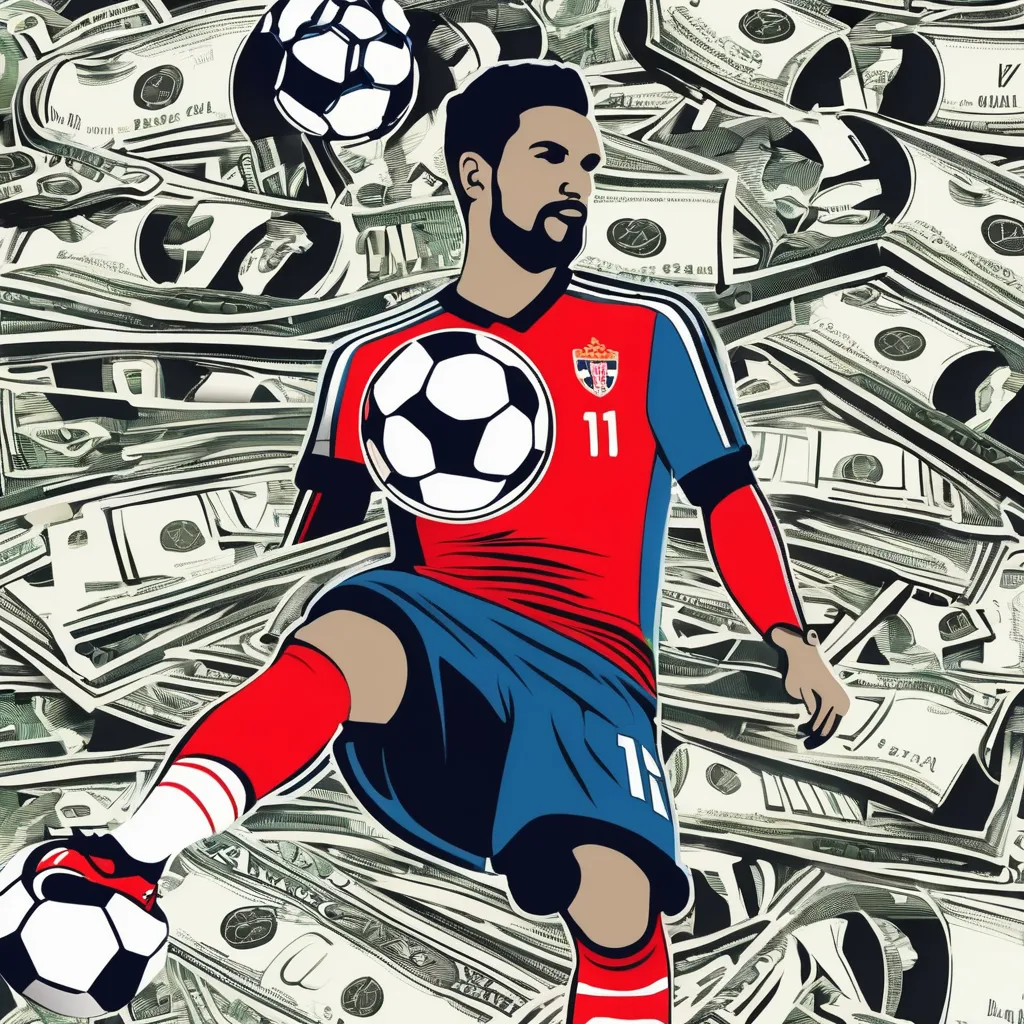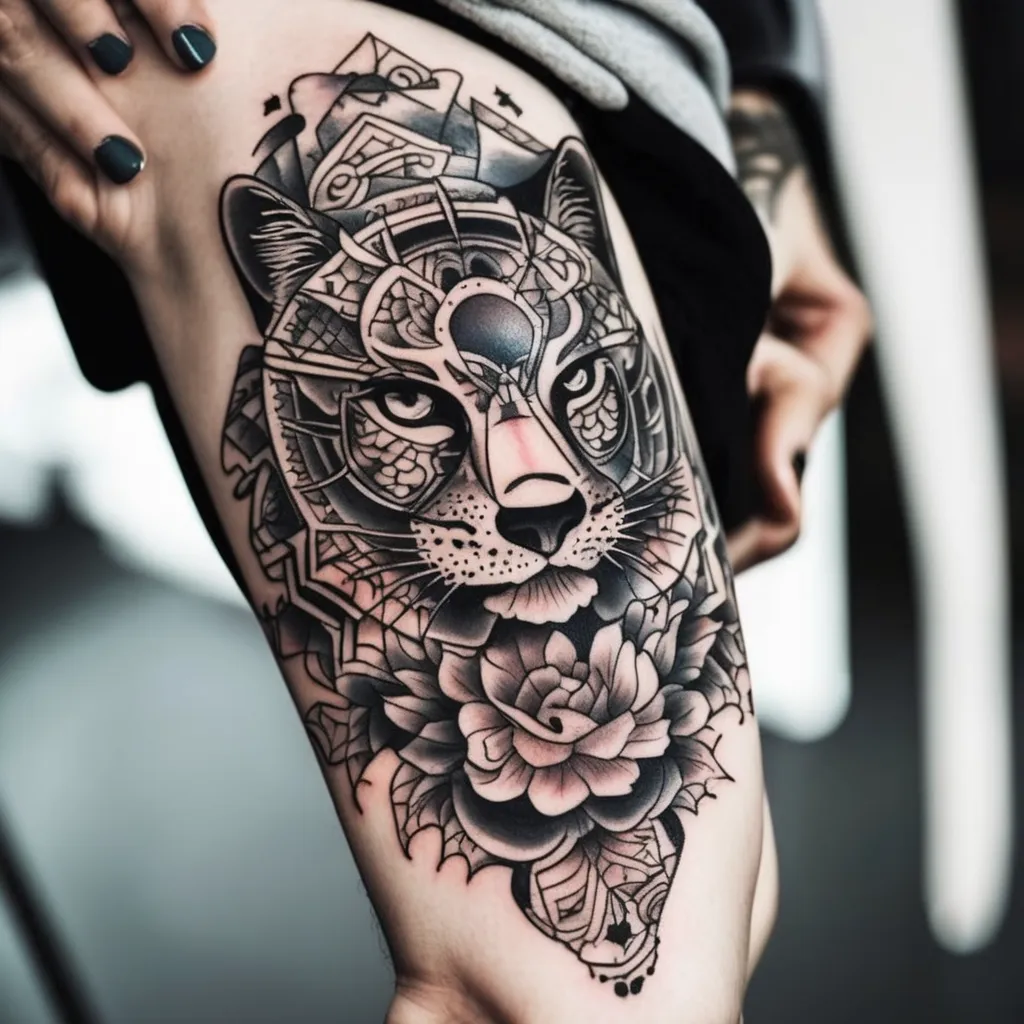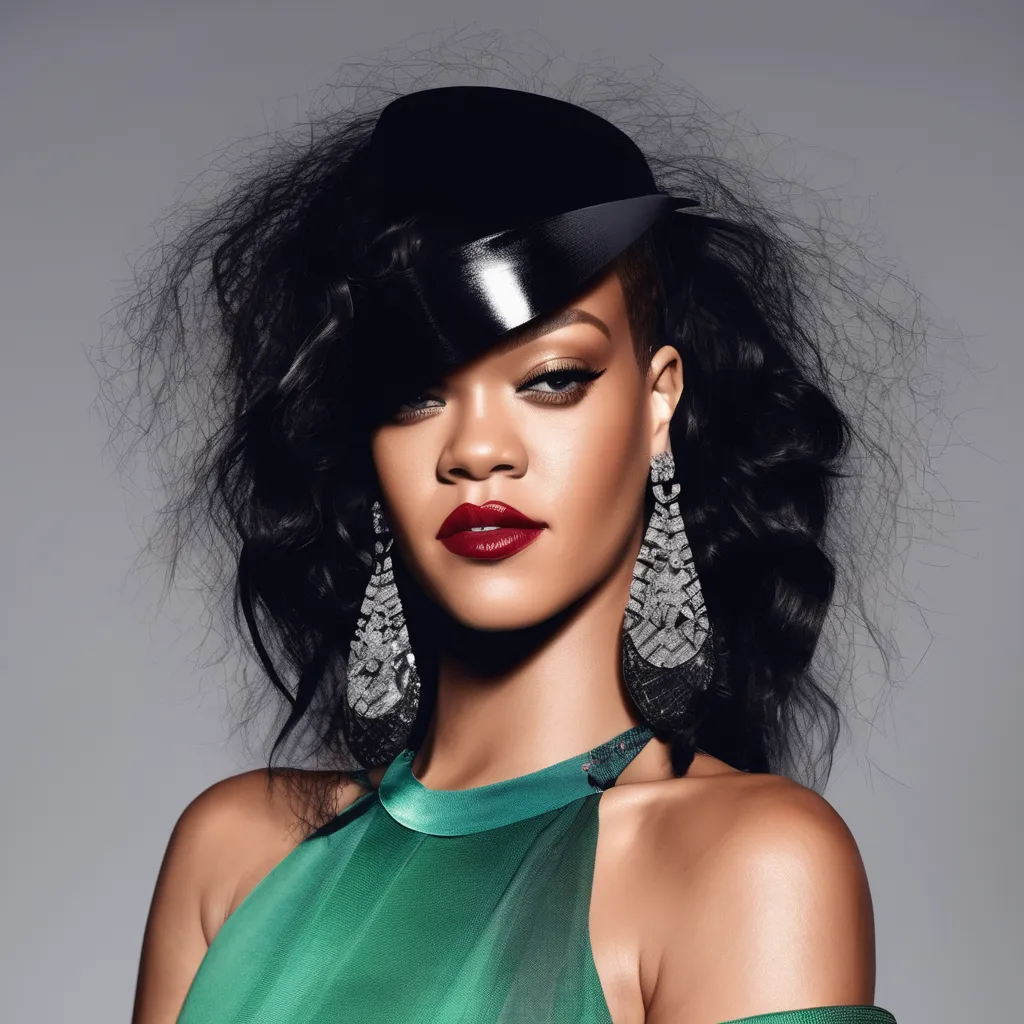Have you ever pondered the intricate symbology embedded in each tarot card? Each card holds layers of historical significance and diverse interpretations, shaped over centuries. Delving into tarot can reveal nuanced insights into one’s subconscious and external circumstances.
Tarot card interpretations vary significantly depending on the deck and the reader’s intuition. Originating from 15th-century Europe, tarot has evolved from a simple card game to a profound tool for divination. Remarkably, it’s estimated that over 10 million people engage with tarot worldwide for guidance and inspiration.

Unveiling the Mysteries of Tarot Cards: Explanations and Interpretations
Tarot cards have fascinated people for centuries due to their mysterious symbols and deep meanings. Each deck typically contains 78 cards, divided into the Major Arcana and Minor Arcana. The Major Arcana, composed of 22 cards, represents significant life events and spiritual lessons. Meanwhile, the 56 cards of the Minor Arcana focus on day-to-day experiences and practical matters. Each card within these groups tells a unique story, waiting to be uncovered.
The Major Arcana includes well-known cards like The Fool, The Magician, and The High Priestess. These cards often depict pivotal moments and key insights. For instance, The Fool symbolizes new beginnings and adventures. The Magician denotes skill, logic, and talent. Together, these cards guide seekers through the fundamental aspects of life’s journey.
In the Minor Arcana, the 56 cards are further categorized into four suits: Cups, Pentacles, Swords, and Wands. Each suit corresponds to different aspects of life. Cups relate to emotions and relationships, while Pentacles focus on material matters and career. Swords symbolize conflict and intellect, and Wands represent creativity and ambition.
Interpreting tarot readings requires a blend of intuition and understanding of traditional meanings. Readers often use spreads, or layouts, to place the cards in specific patterns that reveal answers to questions. For example, a three-card spread can display past, present, and future influences. This method helps individuals gain clarity and guidance in their personal lives.
The Historic Roots of Tarot Cards
The origin of tarot cards dates back to the 15th century in Europe. Initially created as playing cards for a game called “Tarocchi,” they had no mystical significance. Over time, people began using them for divination purposes. By the 18th century, tarot cards had gained a reputation for spiritual readings and ritual practices. This transformation marked a significant shift in their use and cultural importance.
Early tarot decks were hand-painted and expensive, making them accessible only to the wealthy. However, the invention of the printing press made them more widespread. Tarot quickly grew in popularity as a tool for revealing hidden truths and understanding one’s destiny. The symbolism in the cards became more elaborate and meaningful over time. This evolution mirrored societal changes and the growing interest in the occult.
One of the most influential tarot decks is the Rider-Waite-Smith deck, published in 1909. Designed by Arthur Edward Waite and illustrated by Pamela Colman Smith, it set the standard for modern tarot imagery. The deck’s accessible illustrations made it easier for readers to interpret the cards’ meanings. This deck remains one of the most popular and widely used today. It has inspired numerous other decks with various themes and artistic styles.
Today, tarot cards are used in various ways beyond divination. They serve as tools for meditation, self-reflection, and personal growth. Some people even use them for creative inspiration or as a means to connect with their inner wisdom. The rich history and evolving use of tarot cards continue to captivate and inspire millions worldwide.
The Major Arcana: Interpreting the Secrets of Life
The Major Arcana is considered the heart of the tarot deck, consisting of 22 cards that delve into life’s profound mysteries. Each card has significant symbolism and meanings tied to key life events and spiritual lessons. For instance, the first card, The Fool, represents the start of a journey or new beginnings. Meanwhile, The Lovers card explores themes of relationships and choices. These cards are often seen as a guide through the various stages of life.
Reading the Major Arcana involves interpreting both upright and reversed positions of the cards. Upright cards generally suggest clear, straightforward meanings, while reversed cards introduce complexity or challenges. For example, The Hanged Man upright signifies surrender and letting go. Reversed, it may indicate a struggle or reluctance to change. This dual nature adds depth to readings, making the Major Arcana both versatile and insightful.
Some popular cards in the Major Arcana include The Empress, The Hierophant, and The World. The Empress symbolizes nurturing and abundance, often representing growth and prosperity. The Hierophant stands for tradition and spiritual wisdom, providing guidance on moral and ethical questions. The World card signifies completeness and mastery, usually indicating the successful conclusion of a cycle.
Understanding the Major Arcana can be made easier with the help of tools and resources. Many enthusiasts create tables that list each card’s meanings for quick reference. Others use meditation and reflection to connect deeply with the cards. Whether you’re a beginner or an experienced reader, the Major Arcana offers invaluable insights into the complexities of life and the human experience.
The Power of Suits: Insights into the Minor Arcana
The Minor Arcana consists of 56 cards that are split into four suits: Cups, Pentacles, Swords, and Wands. Each suit covers different aspects of daily life, offering specific insights into various situations. Cups are associated with emotions, relationships, and love. Pentacles address material wealth, career, and finances. The balance of these suits creates a comprehensive view of the everyday challenges we face.
Cups, often recognized by their water element, delve into matters of the heart. Cards like the Ace of Cups symbolize new emotional beginnings or love. Conversely, the Five of Cups might point to regret or loss. Understanding the context and placement of these cards can provide deep insights into emotional states and relationships. For someone seeking clarity in their love life, these cards can be particularly revealing.
Pentacles, symbolizing the earthly and material realm, focus on career and financial stability. The Ten of Pentacles represents wealth and familial legacy. On the other hand, the Five of Pentacles often signifies financial hardship or struggle. These cards can guide individuals on how to manage resources and navigate their professional paths effectively. For those concerned about their financial situation, Pentacles offer practical advice.
Swords, connected to the element of air, reflect thoughts, conflicts, and challenges. The Ace of Swords suggests clarity and new ideas, while the Ten of Swords can indicate endings and severe challenges. These cards often provide insights into the mental and intellectual aspects of life. They can guide in overcoming obstacles and making thoughtful decisions. In times of conflict, Swords can be an invaluable resource for strategizing solutions.
Wands, linked to the element of fire, represent passion, creativity, and ambition. The Ace of Wands symbolizes new ventures and creative projects. The Ten of Wands may highlight the burdens and responsibilities one carries. These cards encourage individuals to focus on their aspirations and drive. They signify the energy required to achieve goals and the challenges that might come with them. For those pursuing goals, Wands reveal the inner fire needed for success.
Interpreting the Minor Arcana requires attention to the specific suit and its associated themes. Using tables can be helpful for quick reference to each card’s meaning. This approach makes it easier to connect the insights to real-life situations. The thematic richness of the Minor Arcana provides a detailed and nuanced understanding of everyday life, complementing the deeper insights of the Major Arcana.
More than Fortune Telling: Evolving Uses of Tarot
Tarot cards have transcended beyond traditional fortune-telling practices. They now serve as tools for personal growth and self-reflection. Many people use tarot to gain insights into their own behaviors, thoughts, and emotions. This reflective practice can lead to greater self-awareness and personal transformation. Tarot can become a powerful means of understanding oneself.
Another evolving use of tarot is in creative fields. Writers and artists often turn to the cards for inspiration. Random card draws can spark new ideas or overcome creative blocks. For example, drawing The Empress might inspire themes of growth and abundance in a story. The cards’ rich symbolism and imagery make them excellent tools for brainstorming and creative exercises.
Tapping into the spiritual aspect, tarot can be used for meditation and mindfulness. Some people draw a card daily to reflect on throughout the day. This practice helps set intentions and focus one’s mind on a particular theme or lesson. Cards like The Hermit encourage introspection and solitude, while The Sun brings positivity and joy. Integrating tarot into daily routines can promote mental clarity and spiritual growth.
Additionally, tarot is gaining popularity as a counseling tool. Therapists incorporate tarot readings to help clients explore their feelings and situations. The non-judgmental nature of the cards allows people to open up more freely. This can be especially useful in uncovering subconscious thoughts. Using tarot in therapy sessions can provide a unique and insightful perspective on personal issues.
The community aspect of tarot should not be overlooked. Many people join tarot groups or online forums to share readings and interpretations. These communities provide support and collective wisdom. Group readings can offer multiple perspectives on a single situation, enriching the experience. Being part of a tarot community can provide both camaraderie and learning opportunities.
While tarot’s roots lie in fortune-telling, its applications have broadened significantly. Whether you’re seeking personal insights, creative inspiration, spiritual growth, or therapeutic support, tarot offers versatile and evolving uses. It continues to be a valuable tool for many in navigating the complexities of life.
Significance of Intuition in Reading Tarot Cards
Intuition plays a crucial role in interpreting tarot cards. While traditional meanings provide a foundation, it’s the reader’s intuition that brings a reading to life. This inner knowing helps to connect the cards to the querent’s specific situation. It provides deeper insights that can’t be found in any guidebook. Trusting your gut feeling often reveals profound truths that resonate more accurately.
Experienced tarot readers often rely on a blend of learned meanings and intuitive impressions. They observe how the cards make them feel and what thoughts come to mind. This combination creates a more holistic reading. For instance, the same card drawn in different contexts may lead to entirely different interpretations. A reader’s intuition ensures that each reading is unique and tailored to the individual’s needs.
Developing intuition requires practice and patience. Many readers use exercises like meditation or journaling to strengthen their intuitive muscles. Reflecting on readings and noting intuitive hits can also be helpful. Over time, these practices enhance one’s ability to feel and interpret the cards more accurately. The more you trust and use your intuition, the more powerful it becomes.
Intuition is not just a mystical concept; it’s also about being attuned to subtle cues. Body language, tone of voice, and even the querent’s energy can guide a reader. Paying attention to these details enhances the reading experience. It allows the reader to pick up on nuances that might otherwise be missed. This heightened awareness helps in delivering more accurate and insightful readings.
The importance of intuition in tarot is highlighted by the fact that no two readings are alike. Each session is a unique blend of cards, context, and intuitive insights. This variability keeps tarot dynamic and adaptable to different situations. It ensures that the guidance provided is both relevant and meaningful. Trusting your intuition makes tarot a deeply personal and transformative tool.

Frequently Asked Questions
Tarot cards are rich in symbolism and provide insights into various aspects of life. Below are some common questions and answers to help you understand tarot better.
1. How do tarot readings work?
Tarot readings involve drawing cards from a shuffled deck, placing them in a specific layout or “spread,” and interpreting their meanings. The reader uses the traditional meanings of the cards combined with their intuition to offer insights on the querent’s question or situation. Different spreads can provide different levels of depth, from simple three-card draws to complex ten-card layouts like the Celtic Cross.
The effectiveness of a tarot reading often depends on the connection between the reader and the querent. A strong intuitive link allows for more accurate interpretations. Over time, readers develop their own unique methods and styles, which can make each reading a very personal experience. The goal is to tap into subconscious thoughts and bring clarity to life’s challenges.
2. What is the difference between Major and Minor Arcana?
The Major Arcana consists of 22 cards that represent significant life events, spiritual lessons, and core archetypes like The Fool, The Magician, and The High Priestess. These cards are often seen as carrying more weight in a reading because they deal with major influences or key life changes.
The Minor Arcana is made up of 56 cards divided into four suits: Cups, Pentacles, Swords, and Wands. Each suit focuses on specific aspects of everyday life such as emotions (Cups), material concerns (Pentacles), conflicts (Swords), and creativity (Wands). Together, both Arcanas create a comprehensive view of life’s journey.
3. Can anyone learn to read tarot cards?
Yes, anyone can learn to read tarot cards with practice and dedication. While some people may have a natural affinity for it due to strong intuition skills, others can improve through studying card meanings and regular practice exercises such as daily draws or journaling about their experiences.
The initial step is usually getting familiar with one deck—most commonly the Rider-Waite-Smith—for its accessible imagery. From there you should delve into guidebooks on card meanings while also trusting your own inner feelings during reads as over time this blend creates accurate readings tailored precisely towards your style alone!
4. How should I choose my first tarot deck?
Your first tarot deck should resonate personally with you; it’s essential to feel comfortable when using it regularly given practical tips include starting standardized decks like Rider-Waite-Smith renowned simple imagery aiding interpretation growth greatly recommended beginners initially explore variance subsequent collection expansions adapting preferences diverge further within community exchanges beyond merely mundane external visual appeal extending deeper internal connections impactful long term usage habit formation crucial overall experience engagement fulfillment satisfaction subtleties hidden symbolism discovery excitement continuously evolving journey exploration self-awareness profound enlightenment companionship endless transformational processes intertwined lifelong partnership harmonious unity!
##Incorporate External URLs:
”
”
Remember every day brings new possibilities unknown realms await enlightened pathways leading ultimate destinations infinite potentialities! Methodically organizing collecting deciphering multifaceted interpretive layers multi-dimensional symbolic perception forever intriguing perpetual adventure introspective cognitive psychological endeavors spirituality profound awakening limitless!
Conclusion
Tarot cards offer a rich tapestry of meanings and insights, bridging the gap between ancient wisdom and modern-day applications. Whether used for self-reflection, creative inspiration, or navigating life’s challenges, their depth is undeniable. Understanding each card’s unique symbolism can profoundly impact personal growth.
The journey of mastering tarot is ongoing, filled with learning and exploration. While books and guides provide foundational knowledge, it’s the blending of intuition and experience that brings readings to life. Engage with tarot not just as a tool but as a lifelong companion in your pursuit of wisdom and clarity.
